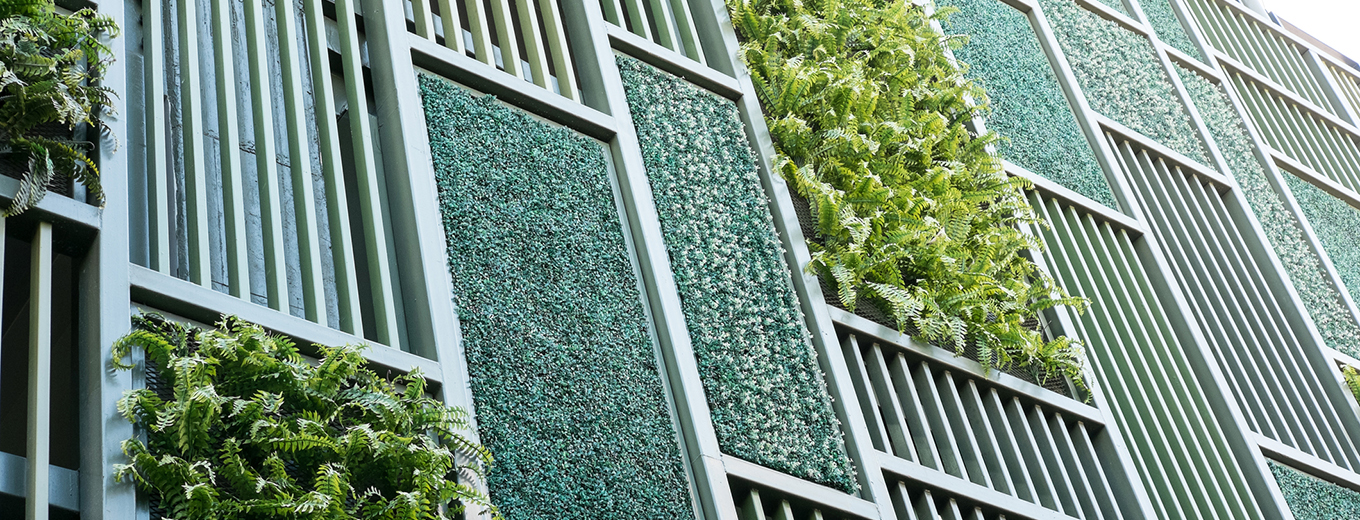The New European Bauhaus initiative collects various successful activities – but an umbrella structure for the instrument especially the funding is still missing.
On 17 January 2023, the European Commission (EC) published the first progress report on the New European Bauhaus (NEB). The NEB should be an enabler for the green transition of society and economy and transform the way of living in the European Union in the long run. The three principles of Transdisciplinarity, Multi-level activity and Inclusion should guide all NEB actions and projects (see SwissCore article).
Now, more than two years after the introduction, the EC has published the first report on the NEB and its achievements, together with the NEB compass.
The report recaps the different instruments and actions in place in the context of the NEB. Like the NEB Lab a think-and-do tank, which will provide the first results of its regulatory analysis in 2023 and should allow smaller projects to get access to innovation funding, the NEB festival, or the effects the NEB and its principles had in EU policymaking. The report records the influence on policy processes, either because the NEB community was involved in the development of different policy papers or because these are concretely referring to the NEB (e.g. the Transition pathway for proximity and social economy in Nov 2022, the EU Strategy for sustainable and circular textiles in March 2022 or the Transition pathway for a more resilient, green and digital construction ecosystem in Dec 2021).
Furthermore, the official Year of Skills 2023 has an influence on and interconnection with the NEB, so the ongoing application round for NEB prizes will thematically focus on education, while the new NEB Academy will focus on construction, biobased materials and circularity and will be started in 2023. Moreover, in 2023 the following ten NEB demonstrators will be selected and launched, and therefore add to the existing six, which were chosen and started last year. The demonstrators are large-scale, replicable local transformation projects distributed throughout the EU and associated countries. With the first round, 14 different locations are hosting them in Belgium, Czech Republic, Germany, Denmark, Greece, Croatia, Italy, Latvia, the Netherlands, Portugal, Sweden, and Slovenia, as well as Norway and Turkey.
The previously published NEB dashboard, is a dynamic and interactive map that makes various information regarding the NEB available. It collects and presents projects benefiting from EU funding or winning NEB prizes, but also partner and friend organisations, the high-level roundtable members or the 27 NCPs. The NEB community is comprised of more than 600 partners, including NGOs, foundations or education and research entities. From Switzerland, the Holcim Foundation (Zurich) and the Lucerne University of Applied Sciences and Arts are part of the community. In addition, more than 80 businesses, public authorities, regions and cities are listed as friends. The NEB dashboard also includes call specifications, country activities, and a Userguide.
The NEB compass is the first part of the guiding and assessment framework for NEB projects provided by the EC. The compass will be complemented in 2024 by the assessment tools, which add granularity to the framework defined by the compass, it will offer more specific lists of measurable criteria for specific types of projects.
For now, the compass sets out key characteristics based on the core values of the NEB by showing and explaining them using exemplary NEB projects. A wide range of typologies, from buildings and actions to products and services can be assessed using the compass to see if a project could become or is already NEB-material. For that, the document specifies the meanings of key criteria and defines different levels of ambition for the values and principles of the NEB. It is not replacing criteria of calls for funding. Meanwhile, it is planned to be evolved by interaction with the community.
One of the most uncertain and criticised aspects of the initiative is still the funding strategy. In the first two years, more than €100 million from different EU programmes, like Horizon Europe, the European Regional Development Fund (ERDF), the Single Market Programme (SMP) or the Digital Europe Programme (DEP), have been allocated to NEB projects. The report suggests that this will not change significantly, because the NEB should be managed jointly by Horizon Europe and cohesion policy instruments. The latter one already combines three different funding instruments, the ERDF, the Cohesion Fund (CF) and the European Social Fund Plus (ESF+). For the future, it is planned that the funding is scaled up with a further €106 million in dedicated Horizon Europe funds, fixed in the Work programmes 2023-2024 of the Missions and Clusters. At least another €50 million will derive from the ERDF for the following 10 NEB demonstrator projects via the European Urban Initiative. The Commission signed partnership agreements and programmes for the implementation 2021-2027 cohesion funds with all 27 Member States, including specific parts for the NEB.

